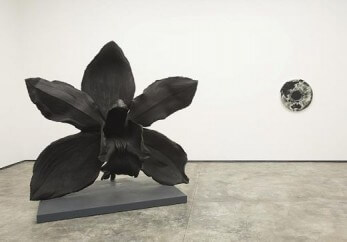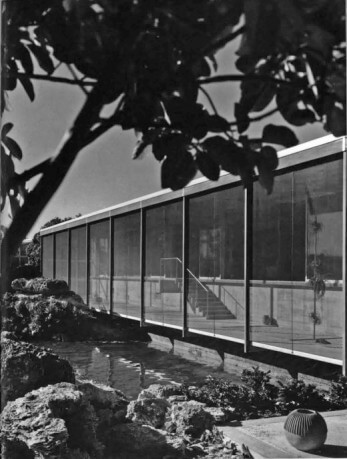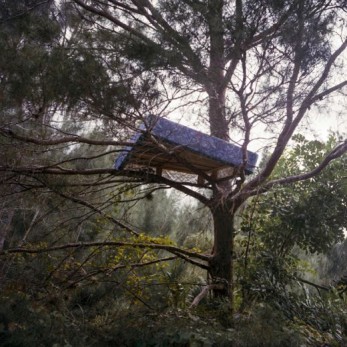In 1980, Leonard Abess started Marquee magazine on Miami Beach because, on his own admission, he “wasn’t really doing anything.” A friend of his, named Bill Bucola, had inked an agreement with many of the local arts organizations to merge their newsletter. The main ingredients of an artistic-city stew were all in place and yearning for collective growth—the ballet, the symphony, the opera, the playhouse. Some are even still named the same today.
A cosmopolitan city at the tip of a continent, Hong Kong has long been a cultural center. And while the contemporary art scene there is by no means new, Art Basel’s recent takeover of the Art HK fair has cast the city once again into the global eye. Writer and curator Sarah Sulistio visited the city this winter.
Miami and Los Angeles were both self-invented in the sense that today they would, respectively, be a swamp and a desert without the benefits of major hydrological engineering. Both live under the shadow of cataclysmic events—hurricanes and earthquakes. Even so, their generally benign climates have historically outweighed the threat of natural disaster for generations of newcomers. Particularly for people from the northern sectors of Europe and the Americas, life in Miami and in Los Angeles evokes images of paradise. Perhaps an even greater attraction for migration, both cities offered new lifestyles and fresh chances. They were places to start over.
Of course nothing could be more out of fashion these days than considering the class perspective that a piece of writing may embody. It’s like flipping open a Razr in the Apple store. Dissecting an article to see whose interests it upholds gives off a whiff of a stodgy old exercise that has been exhausted and has undergone the terrible fate of becoming an academic practice, dead and dry and slightly embarrassing. And it’s taken to be this, when it is lucky enough to not just come off as the pure resentment of entrenched lefties—defeated curmudgeons always suspicious of everything anyway.




